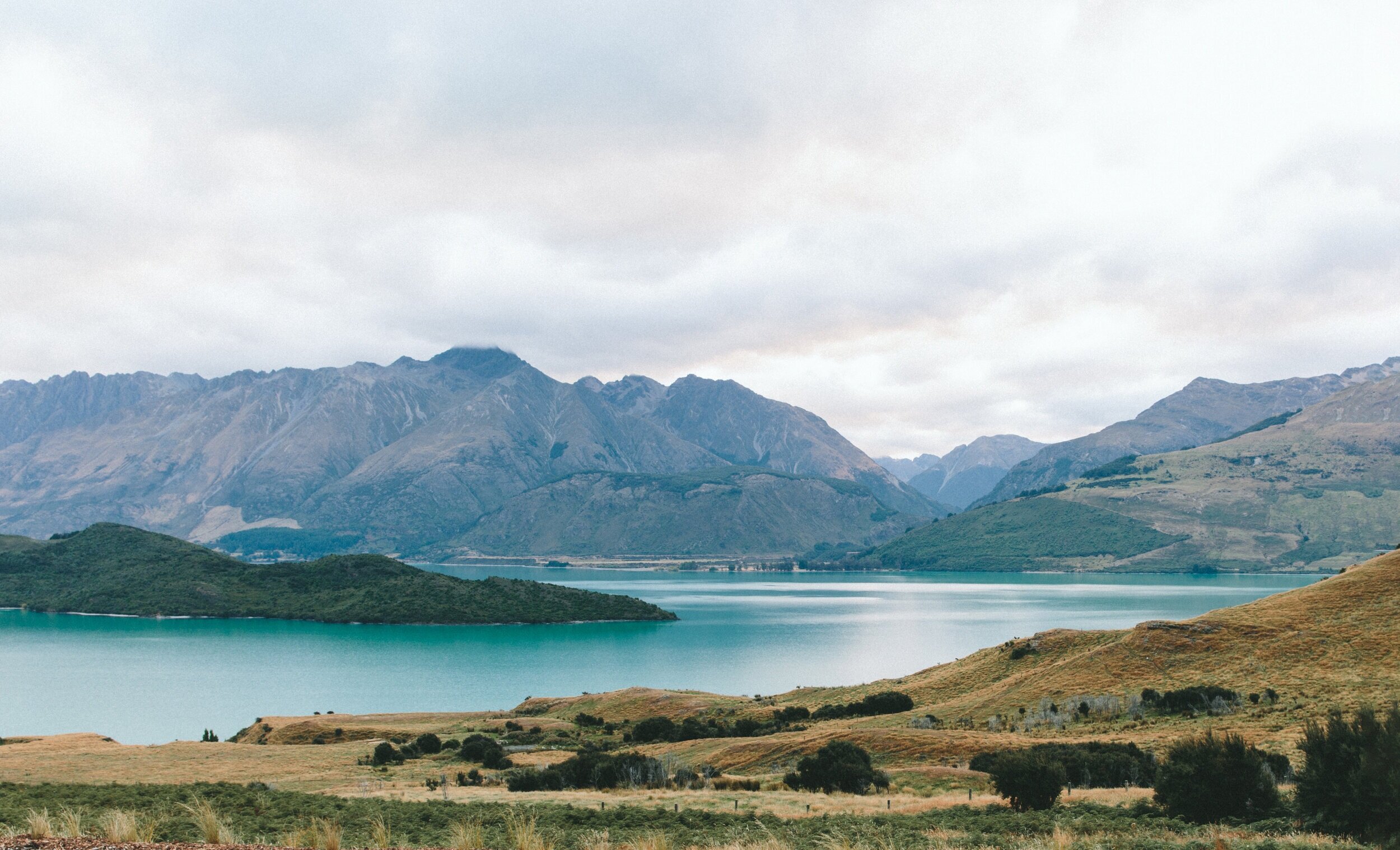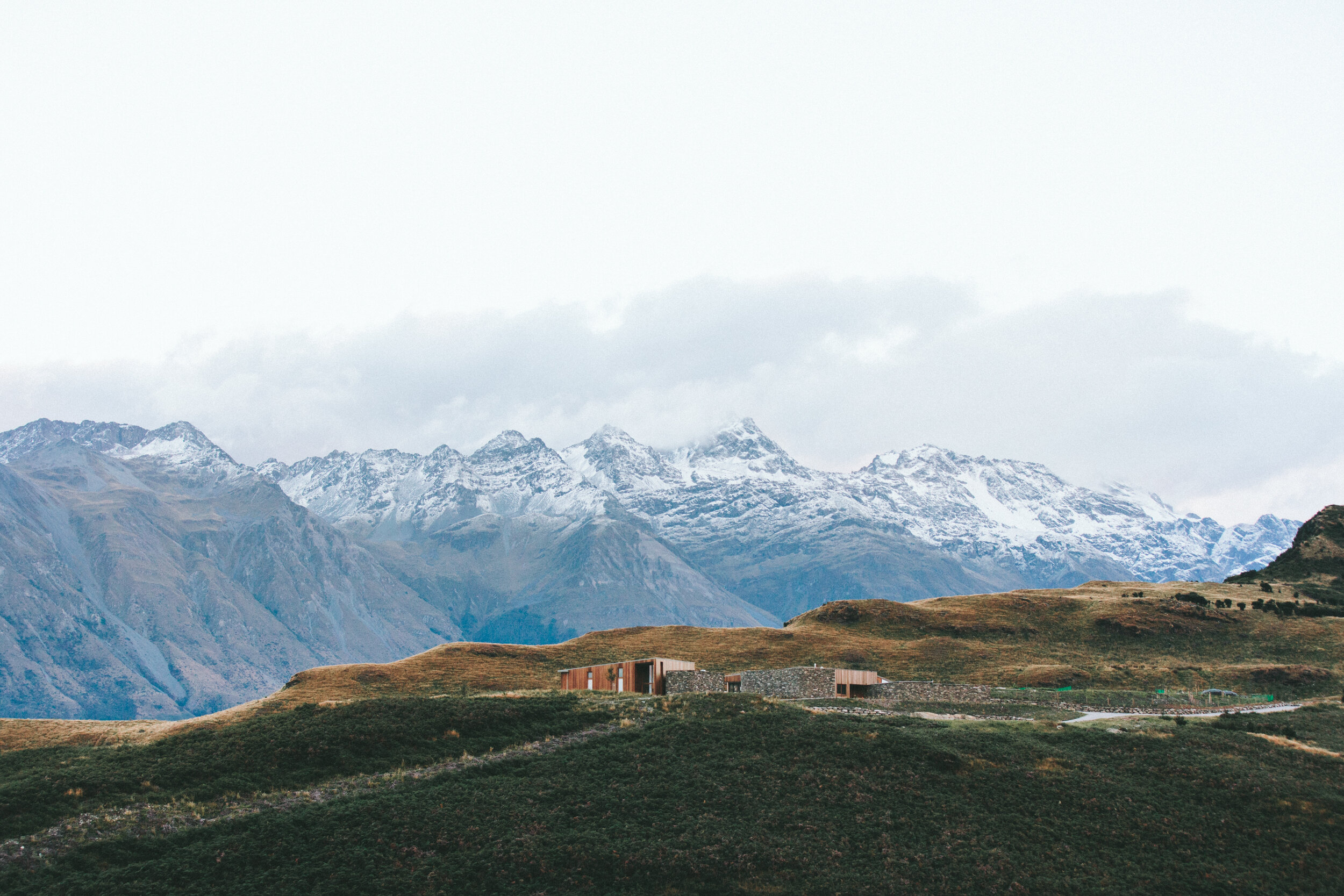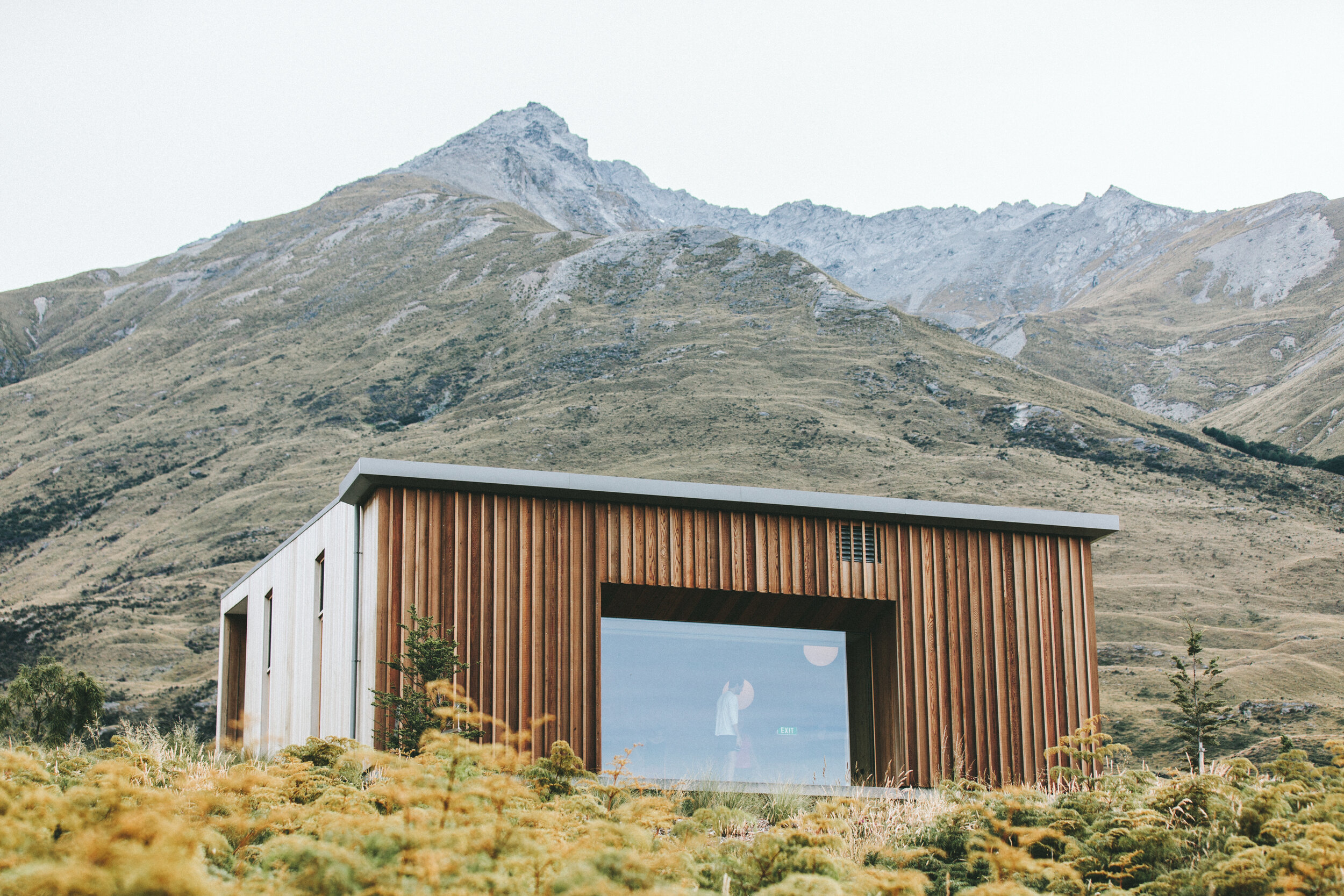What we do?
As an international platform of youth climate organisations across the world, we connect these organisations (‘our partners’) to facilitate in regards to knowledge exchange, capacity building, advocacy opportunities and joint efforts at climate focussed conferences on the international level.
In 2022, we launched the Global Youth Climate Agenda as a consolidation of viewpoints from our partners. Each year, we support our partners in the run-up to and whilst UNFCCC COPs to strengthen their work.
Why we do it?
How do we do this?
-

1. Get In Contact
We specifically look for youth climate organisations that have:
-

2. Oganise a Youth Climate Dialogue
A Climate Dialogue event for youth:
-

3. Write the National Youth Climate Agenda
A vision document outlining the consensus reached during the Youth Climate Dialogue.
-

4. Time to lobby
NYCA driven conversation with local, national and international policy makers.
-

5. UNFCCC COP
The yearly climate summit by the United Nations.



